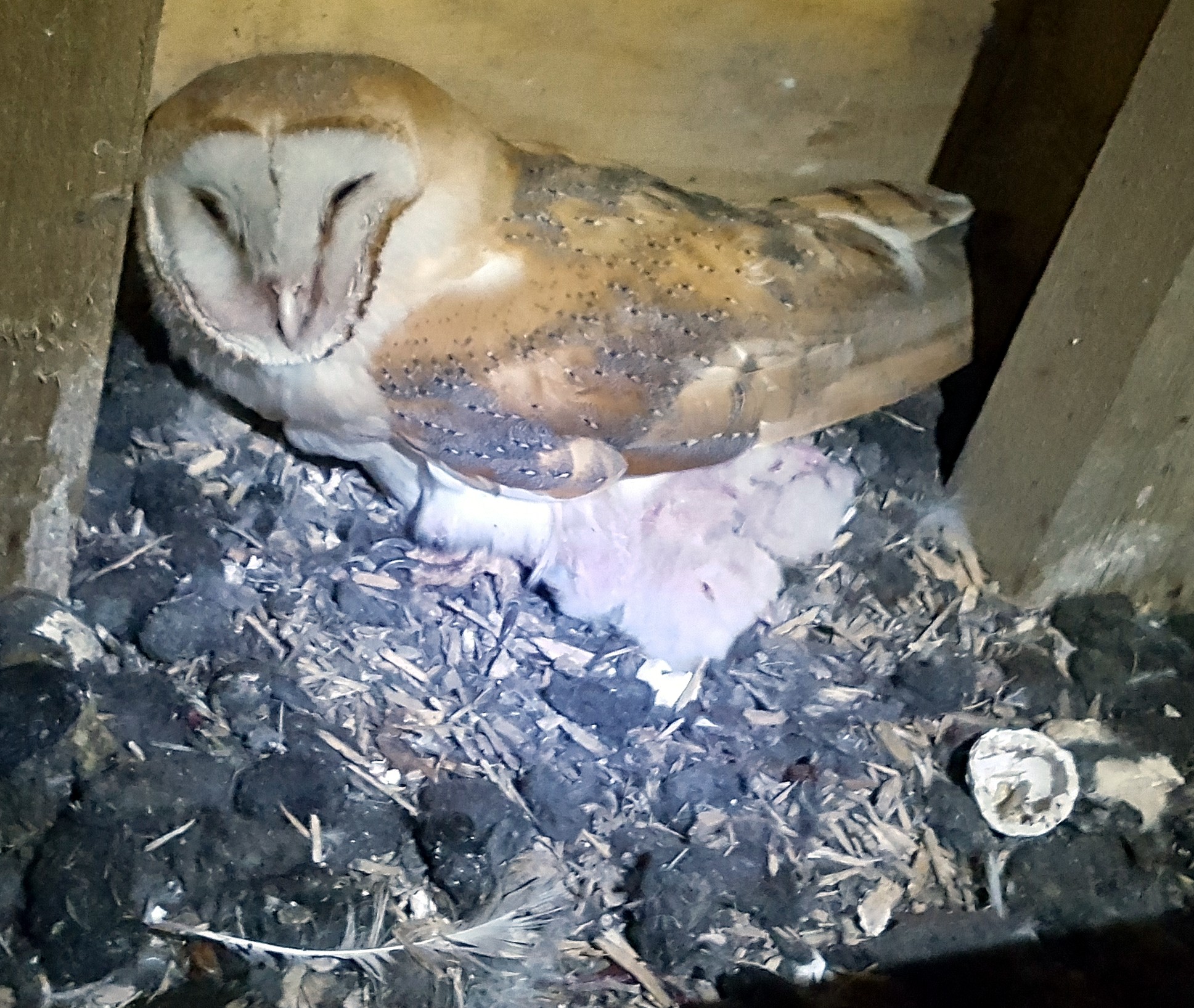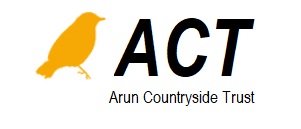Little is more magical than a fleeting glance of a Barn Owl floating through the twilight before vanishing into the night.
 We are fortunate enough to have two breeding sites in the middle of Binsted Village, and there are plans to increase the resident population by providing more homes in suitable locations across the mid Arun Valley. Traditionally, Barn Owls nest in appropriate sites in buildings, large tree cavities and rock cavities – all rare, particularly with modernization of buildings and the increase in stormy weather and high winds.
We are fortunate enough to have two breeding sites in the middle of Binsted Village, and there are plans to increase the resident population by providing more homes in suitable locations across the mid Arun Valley. Traditionally, Barn Owls nest in appropriate sites in buildings, large tree cavities and rock cavities – all rare, particularly with modernization of buildings and the increase in stormy weather and high winds.
Barn Owls don’t worry themselves with home comforts such as building a nest, so once settled in their safe and dry cavity the business of egg laying begins. Eggs are laid at two-day intervals resulting in a higgledy-piggledy assemblage of different sized hungry owlets. Males present females with a stream of rodents, which she unceremoniously tears to bits to feed the young.
To hunt efficiently is to survive and owls are superbly adapted for the task. The ears are asymmetrical with one higher than the other. The sounds of a rodent rustling about in the grass arrives at the ears at fractionally different times resulting in the ability to locate prey with pinpoint accuracy. The eyes are tubular in shape in order to house all the owl-vision technology for superb sight in dull light. The shape makes movement within the socket impossible – hence they developed a marvellous ability to swivel and rotate the head and virtually turn it upside down.
Unlike the claws of most birds, with three digits orientated forwards and one back, the owl has two forward and two back, allowing a pincer-like grip from which escape is all but impossible. And finally, silence is key, and this bird can hover above prey making no more noise than a flapping moth. This soundless movement is achieved by soft frayed, or comb-like edges to the wings.
However, there is a trade-off; for to retain the softness and silence, the Barn Owl cannot waterproof the wings, for this would glue the edges together, ruining the effect. Rain results in a soggy and heavy owl fit for no purpose, and therefore the Barn Owl can only hunt when it's not too wet. The prolonged late winter and early spring rainfall we have been experiencing of late is a disaster for this species, limiting hunting opportunities. So when conditions allow, the Barn Owl will stockpile rodents, patrolling the long grass of rough pasture, meadows, margins and byways; hunting in the magical light of dawn and dusk and even, if necessary, in daylight.
The almost ethereal heart-shaped face of these magical creatures belies the fact that they are, in fact, supreme killing machines consuming more rodents weight for weight than possibly any other creature – a farmer’s dream and a rodent’s nightmare.
